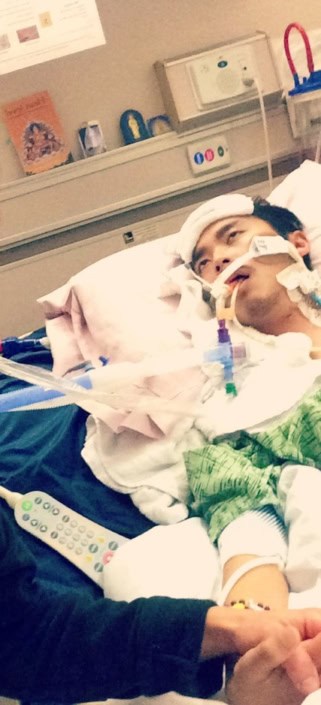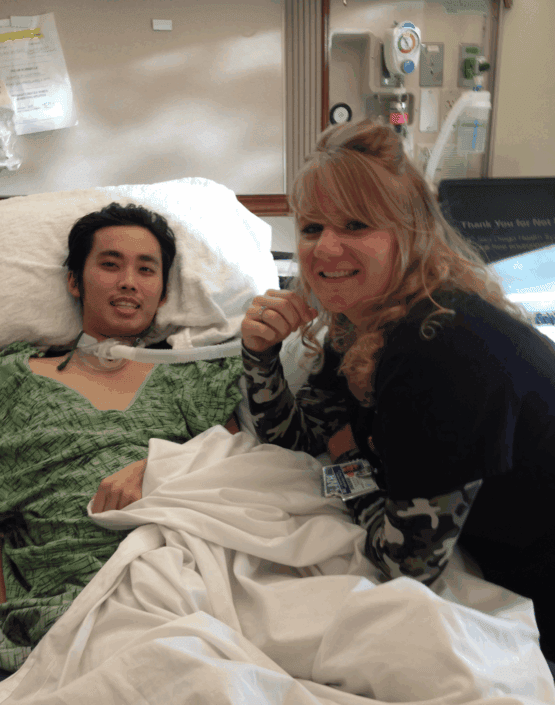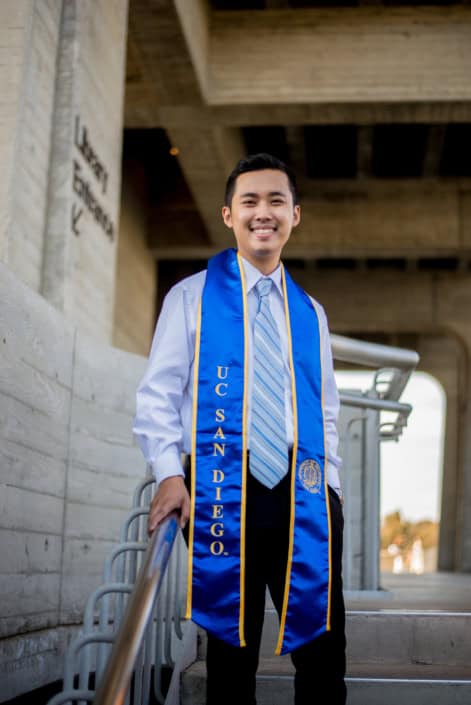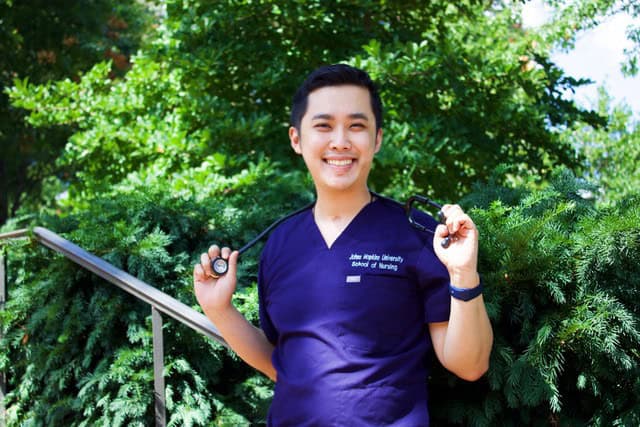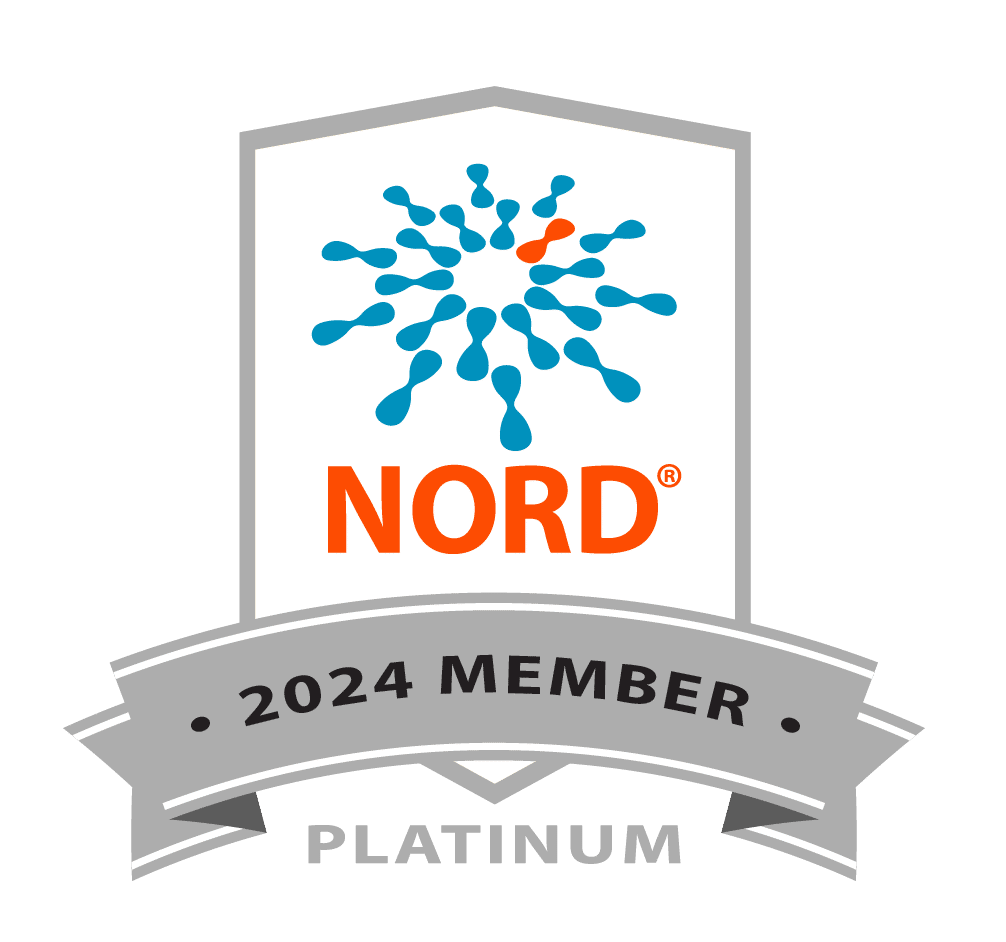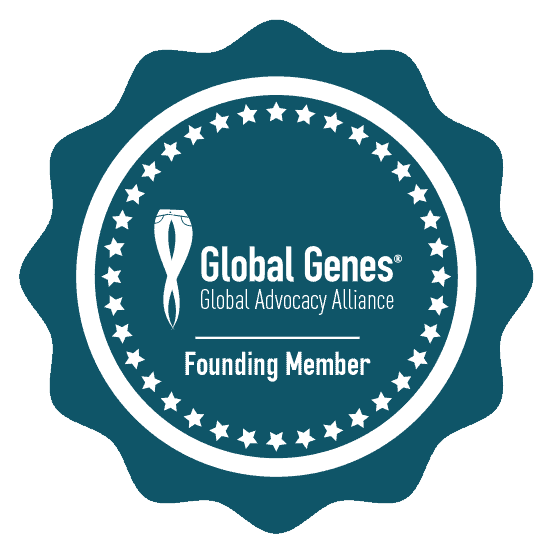The Plot Twist That Changed Everything: Reflections Ten Years After ADEM
By Huy Tran
Ten years ago, I faced the biggest plot twist of my life—and I was never the same again.
I was in my final year of college as an ambitious public health student at UC San Diego, just months away from graduation. I was suddenly hospitalized and intubated, later diagnosed with acute disseminated encephalomyelitis, or ADEM. It was as if a light switch had been turned off. One moment I was studying for finals, and the next I was waking up from a medically induced coma, unable to move or speak, surrounded by strangers in white coats who were just as puzzled as I was. I had no history of trauma, immune disorder, or neurological disease. No warning signs. Just a sudden unraveling of everything I thought I could control.
As my peers prepared for graduation ceremonies and job offers, I was relearning how to sit up in bed, how to hold a pencil, how to speak again. My body had betrayed me in the most terrifying way, and the mental and emotional weight of that loss was often heavier than the physical symptoms. I was grieving not just the life I had, but the future I had mapped out so meticulously.
What I didn’t expect in the midst of all this pain were the quiet moments that began to stitch me back together. A nurse who left the door cracked open at night to spare me the glare of overhead lights. A respiratory therapist who turned on the show Friends after my breathing treatment, knowing it brought me comfort. Doctors who pulled up a chair just to sit beside me, never rushing—just being present. These weren’t clinical interventions—they were human ones. And they mattered. In those gestures, I was reminded I was still a person, not just a patient. Still whole, even in my most fragile state.
Recovery wasn’t a straight path. There were setbacks, frustrations, and so many moments of doubt. But I slowly learned that healing doesn’t happen on a schedule, and neither does meaning. My mindset began to shift—from chasing milestones to finding miracles in the mundane. I learned to celebrate small wins: sitting up without support, walking the length of a hallway, making someone laugh again. These became victories as real and worthy as any academic or career success.
I used to believe that my worth was tied to how quickly I could reach the next step: graduation, job, promotions. As a first-generation Vietnamese immigrant, the pressure to constantly “move forward” felt impossible to carry at times. But ADEM forced me to be still. To listen. To appreciate the resilience not just in myself, but in the people who stood by me—my loved ones, who didn’t always have the right words, but stayed anyway. Illness doesn’t just affect the patient; it echoes through every relationship. I had to learn the quiet art of offering patience and grace—to myself and to those walking beside me—-as we navigate our way through the unknown to greet whatever came next.
Today, I am a registered nurse, and I carry those lessons into every room I walk into. I know what it means to feel powerless. I know the quiet terror of not being understood. And I know, deeply, the power of being seen.
Raising awareness about ADEM isn’t just about educating people on a rare condition. It’s about shining a light on the invisible battles so many patients endure—the fear, the isolation, the longing for connection. It’s about reminding others, and sometimes ourselves, that healing is possible, even if it looks nothing like what we expected.
Ten years later, I still live with the echoes of that diagnosis. But I also live with profound gratitude—for the people who didn’t give up on me, for the body that fought its way back, and for the chance to use my story to help others feel less alone.
ADEM may have rewritten my story—but today, I got to share the version I choose to carry forward. Thank you so much for listening. Because the truth is… you don’t get to choose your plot twist. But you do get to choose what you do with the rest of the story.
Our “In Their Own Words” blog posts represent the views of the author of the blog post and do not necessarily represent the views of SRNA.


